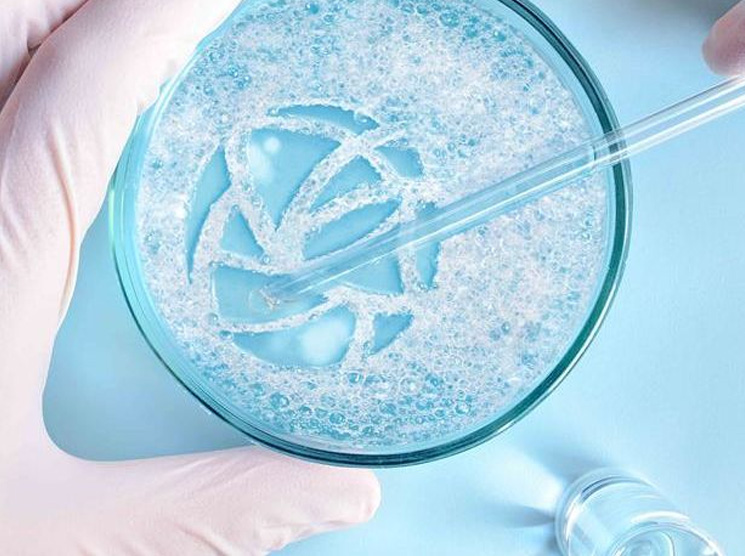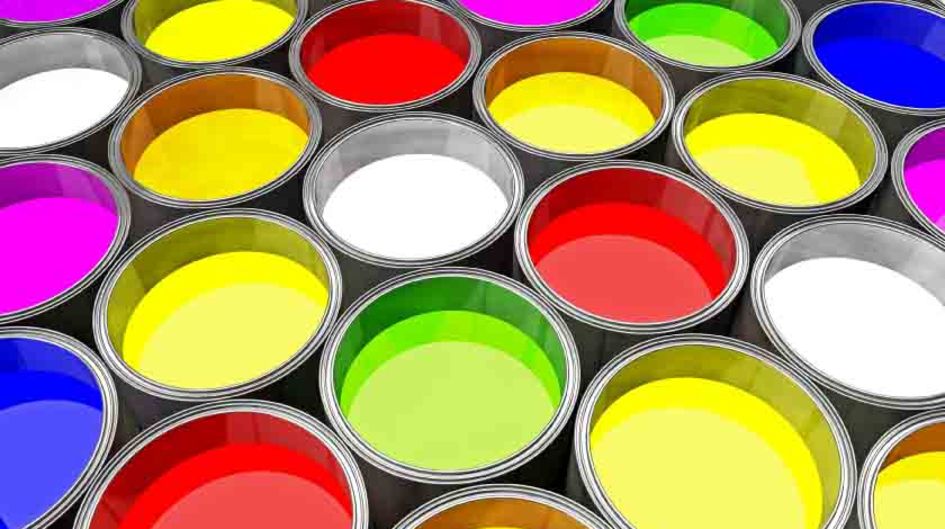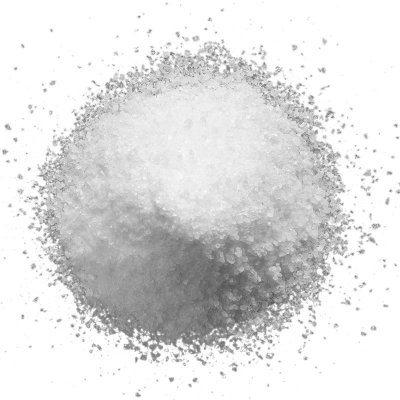How Defoamers Are Used to Prevent Foam in Food and Beverage Production
How Defoamers Are Used to Prevent Foam in Food and Beverage Production
Blog Article
Choosing the Right Defoamer for Your Specific Application Needs
Selecting the appropriate defoamer for specific application demands is a nuanced process that requires cautious consideration of numerous factors, such as the foam operating, tool, and kind conditions. Recognizing the nuances of defoamer efficiency-- consisting of speed and perseverance-- while likewise accounting for ecological and governing factors is essential.
Comprehending Foam Development
Foam formation takes place when gas is trapped within a fluid, developing a secure framework of bubbles. This phenomenon can dramatically impact different industrial procedures, especially in industries such as food manufacturing, pharmaceuticals, and wastewater therapy. The existence of foam can prevent mixing, minimize item top quality, and also result in operational inefficiencies.
Foam usually develops because of a mix of aspects, consisting of surface-active representatives, agitation, and the qualities of the fluid stage. Surfactants reduced the surface area stress of the fluid, promoting the development of bubbles that can maintain and integrate. Frustration, whether from mechanical mixing or gas intro, enhances bubble formation, resulting in boosted foam quantity.
Comprehending the technicians of foam formation is essential for markets intending to optimize their procedures. By determining the specific problems that promote foam generation, organizations can apply approaches to minimize its effects. This knowledge prepares for picking proper defoaming representatives that effectively target the unique challenges presented by foam in various applications. As a result, a detailed understanding of foam development is important for improving effectiveness and preserving product integrity across different fields.
Sorts Of Defoamers Available
Various kinds of defoamers are readily available to deal with the obstacles positioned by foam in commercial applications. defoamers. Extensively categorized, defoamers come under 3 categories: silicone-based, non-silicone-based, and all-natural defoamers
Silicone-based defoamers are renowned for their efficiency and security across a wide variety of temperatures and pH degrees. They are usually utilized in applications where solid foam suppression is essential, such as in adhesives, layers, and paints. Their reduced surface area tension permits rapid foam collapse.
Non-silicone-based defoamers, usually made from natural compounds, use an alternative for applications conscious silicone deposits. These defoamers can be further separated into polyether and ester kinds, each customized to fulfill specific solution demands. Non-silicone defoamers are frequently used in food processing and personal care items as a result of their compatibility with numerous formulas.
Natural defoamers, originated from plant or animal resources, are gaining traction as a result of their eco-friendly profile. These products are especially appealing in applications where governing compliance and sustainability are extremely important, such as in agrochemicals and biotechnology.
Picking the best kind of defoamer is critical for maximizing performance and making certain compatibility with details applications.
Key Application Factors To Consider
When picking a defoamer, it is vital to take into consideration the specific application demands to guarantee ideal efficiency. defoamers. Different markets have unique requirements, such as food processing, drugs, or wastewater treatment, and each application may require unique defoaming residential or commercial properties
Trick elements to examine consist of the tool in which the defoamer will be utilized, whether it is water-based, oil-based, or a mix thereof. The temperature and pH levels of the application can additionally greatly affect the efficiency of a defoamer. Furthermore, compatibility with other chemicals existing in the system is important to avoid unfavorable responses that could jeopardize efficiency.
Another vital factor to consider is the frothing actions of the details system. Understanding whether the foam creates promptly or slowly can lead the choice of a defoamer that targets the origin reason properly. The preferred speed of defoaming can affect the option, as some applications call for rapid action while others might endure slower defoaming processes.
Finally, regulatory and environmental factors to consider must not be forgotten, specifically in sectors with rigorous compliance requirements. Choosing a defoamer that aligns with these elements guarantees both effectiveness and safety and security in the application.

Efficiency Screening Methods
Evaluating the performance of a defoamer calls for an organized technique to screening that precisely determines its performance in particular applications. Various efficiency testing techniques can be employed to ascertain the ideal defoamer for an offered solution.
One common approach is the bubble examination, which assesses the defoamer's capability to minimize foam volume over time. This test includes creating a stable foam and then adding the defoamer to observe the price of foam collapse.

Inevitably, choosing the proper performance testing method depends on the particular application and the type of foam being dealt with. Each approach supplies beneficial information that can direct formulation modifications and enhance the efficiency of the defoamer in sensible applications.
Ideal Practices for Choice


Following, take into consideration the defoamer's efficiency in regards to speed of activity and determination. A quick-acting defoamer might be needed for processes where rapid foam suppression is critical, while a much more relentless solution may be needed for prolonged foam control. Additionally, assess the ecological influence of the defoamer, you could try these out including its biodegradability and any governing conformity demands.
Conduct trials with selected defoamers to establish their efficiency in real-world problems. By sticking to these best techniques, you can boost foam control efficiency and make certain the longevity of your procedures.
Final Thought
In recap, selecting the ideal defoamer demands a comprehensive analysis of various elements, including foam type, tool, operating problems, and environmental factors to consider. Recognizing the one-of-a-kind features of foam formation and the offered defoamer options is essential.
Choosing the ideal defoamer for particular application requirements is a nuanced process that requires careful consideration of numerous aspects, such as the foam operating, medium, and kind problems.Selecting the best defoamer is important for achieving optimum efficiency in foam control applications. A quick-acting defoamer might be required for procedures where rapid foam reductions is essential, while a more consistent solution may be required for long term foam control.In recap, selecting the suitable defoamer requires a thorough examination of numerous variables, consisting of foam kind, medium, operating problems, and environmental considerations. Understanding the unique attributes of foam formation and the offered defoamer choices is important.
Report this page